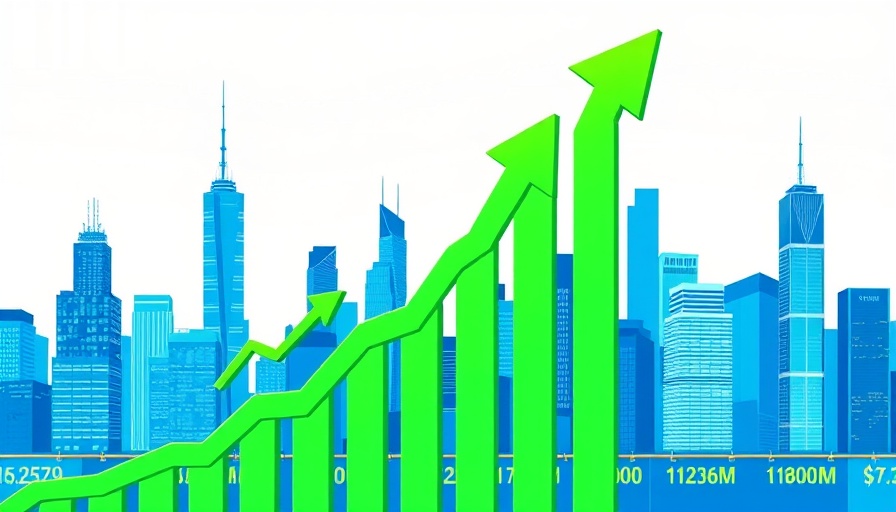
Is the U.S. Job Market Facing a Turning Point?
Federal Reserve Governor Michelle Bowman's recent statements at a bankers' conference in Colorado suggest that she believes the weak U.S. job market is signaling the necessity for interest rate cuts. This perspective is particularly notable following a dismal job report indicating that hiring slowed significantly last month, defying economists' expectations. Although nine other Fed officials voted to maintain interest rates, Bowman's insistence on three rate cuts this year underscores a critical dilemma the Fed faces: balancing a strong job market against the threat of inflation.
Understanding the Economic Landscape
The challenge of simultaneously managing unemployment and inflation is nothing new. The Federal Reserve has historically utilized interest rates as a primary tool to influence both indicators. However, with the economy facing potential stagnation—coupled with elevated inflation levels—many economists are concerned about entering a period of stagflation. This scenario poses a unique risk where inflation remains high even as job growth stalls, offering no straightforward solution for policymakers.
Impacts of Tariffs on Inflation and Job Growth
Bowman's outlook is particularly influenced by the ongoing tariffs implemented during former President Trump’s administration. While she expressed confidence that these tariffs will not lead to persistent inflation, her anticipation for rate cuts reflects the uncertainty surrounding how these economic policies will play out collectively. The Fed’s performance will be under intense scrutiny as it maneuvers through these turbulent waters.
Wall Street's Anticipation for Rate Cuts
Markets are already reacting to the signs of economic weakness. Analysts predict that the upcoming Fed meeting in September might herald the first interest rate cut, aligning with Bowman’s insights and the alarming jobs report data. The dual pressure from the Federal Reserve to stimulate the economy while being constrained by high inflation creates a complex environment for both consumers and businesses.
Conclusion: What Lies Ahead for Interest Rates?
An understanding of these economic dynamics is invaluable for business professionals navigating the startup ecosystem, particularly in the Bay Area. As rate cuts become more likely, the implications for investment, corporate spending, and consumer behavior could drastically change. With a keen eye on the upcoming decisions from the Federal Reserve, professionals in the tech and real estate sectors should prepare strategically for shifts that might propel or stymie growth opportunities. Now is the time to reconsider business growth strategies and local market adjustments as these economic trends unfold.
 Add Row
Add Row  Add
Add 



Write A Comment